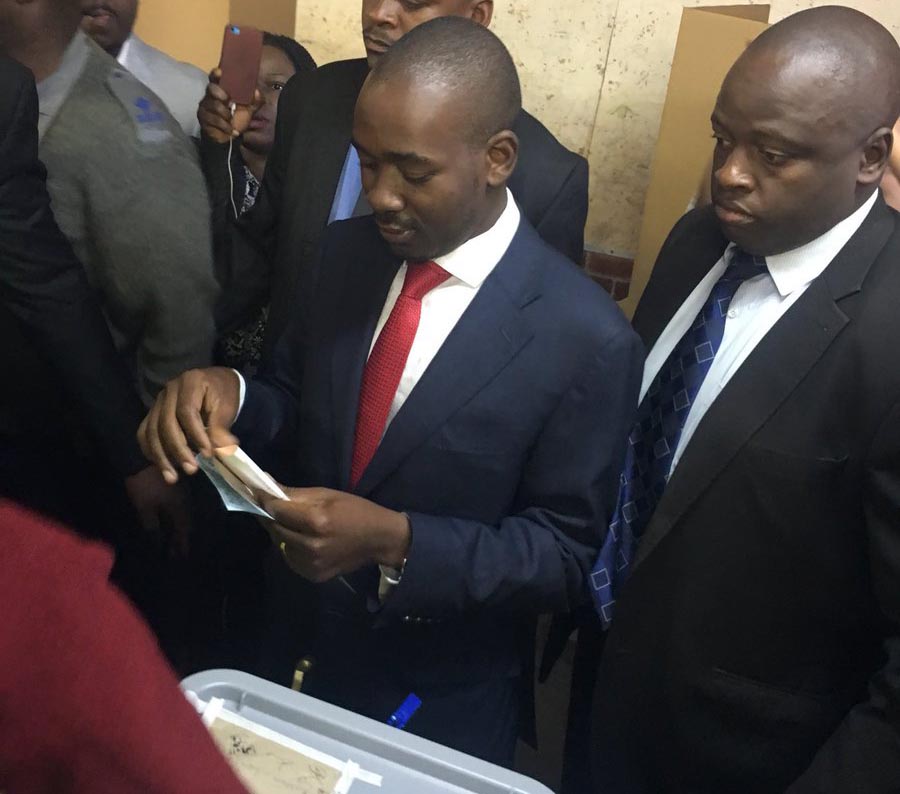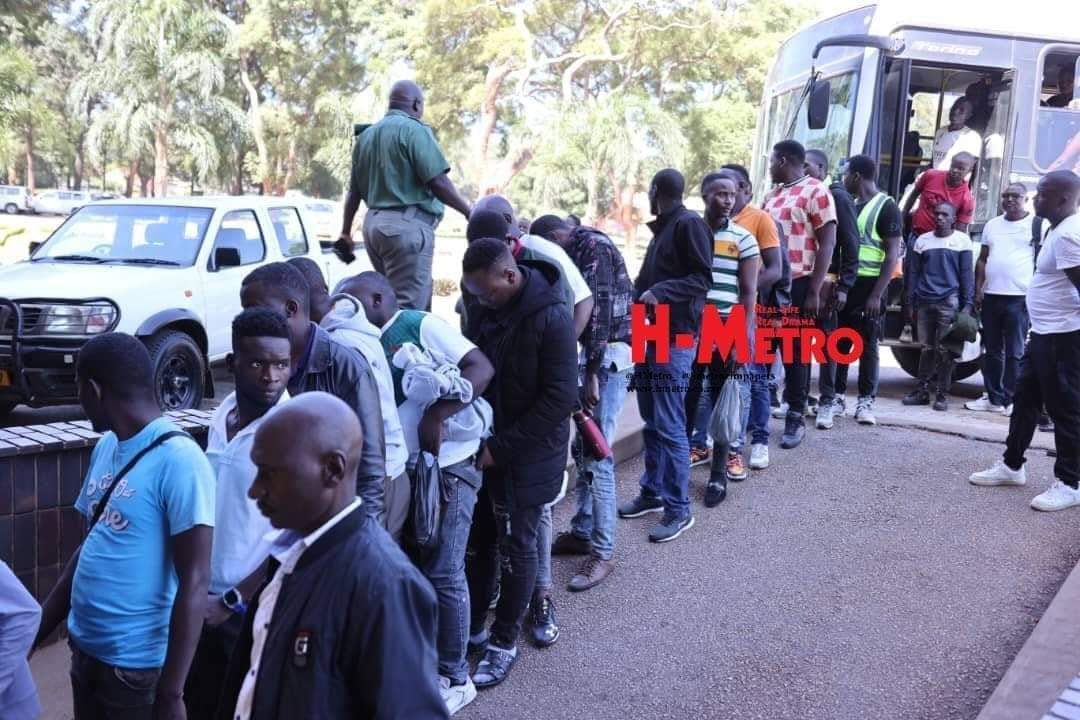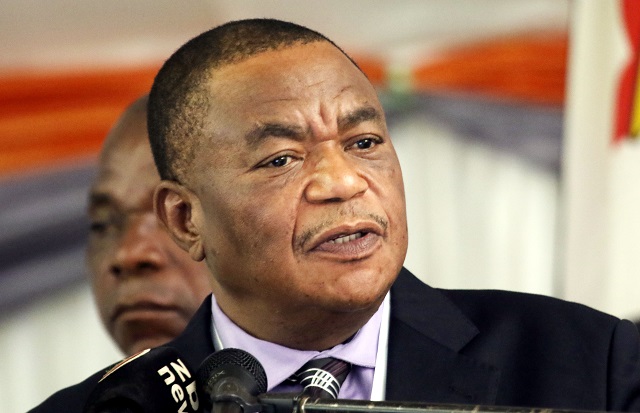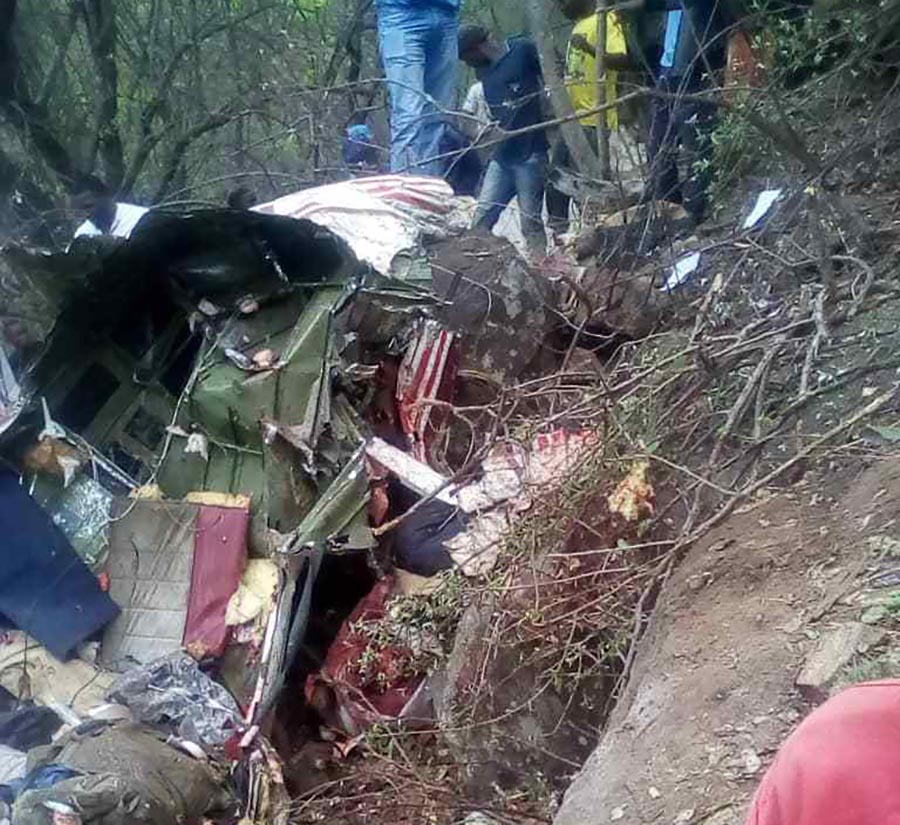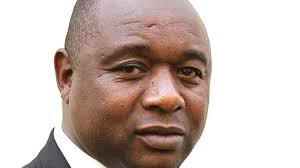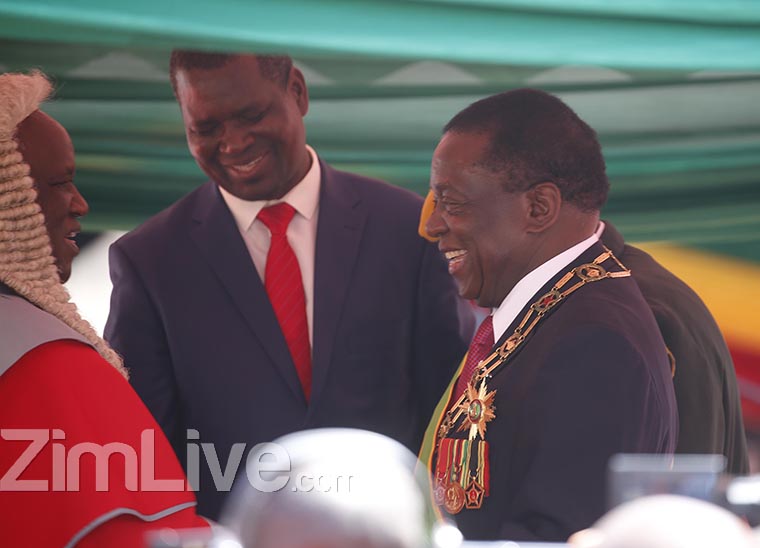HARARE – Zimbabwe could ease tensions around future elections by reforming its electoral laws so that presidential election results, in particular, are announced within 24 hours of polls closing, according to an inquiry report into post-election violence released on Tuesday.
“Electoral reforms, including the development of Information Communication Technology (ICT), to among other things enhance the transparent and expeditious announcement of election results,” the commission of inquiry that was led by former South African President Kgalema Motlanthe said in one of its recommendations.
The commission’s findings were released by President Emmerson Mnangagwa on Tuesday.
Six protesters and bystanders died and 35 others were injured when the military opened fire on the streets of Harare on August 1 after delays in announcing results that made Emmerson Mnangagwa the first elected head of state since Robert Mugabe’s removal from power last year.
Most Zimbabweans had hoped the July 30 vote would end the country’s pariah status and help usher in an economic recovery. Instead, it plunged Zimbabwe into turmoil reminiscent of contested votes during Mugabe’s 37 years of rule.
MDC leader Nelson Chamisa accused Mnangagwa of “cooking” results after voting ended, to the early hours of August 4 when the final results were announced showing Mnangagwa narrowly avoiding a run-off election by just over 30,000 votes.
In its final report, the commission said opposition protests which led to the government responding by deploying the military on August 1 were “centred on an alleged delay in the announcement of the Presidential Election results.”
In an analysis of Zimbabwe’s electoral law, the inquiry said the process from counting votes for the Presidential Election to the final announcement by the Zimbabwe Electoral Commission was unnecessarily too long.
Instead, the commission recommends electronic transmission of results which would speed up the process and leave no room for manipulation while supressing claims of electoral theft.
“The commission therefore considered the electoral law in this regard and noted as follows: the law does not provide for electronic transmission of results from polling stations to the National Command Centre; Counting of votes takes place at the polling station. In terms of the Electoral Act, counting takes place ‘immediately after the close of the poll’. Polling takes place between 0700hrs and 1900hrs; There are three elections: Presidential, Parliamentary and Local Authority; Each polling station has three results: Presidential, Parliamentary and Local Authority; Each result is recorded, announced and displayed at the polling station; Polling agents of candidates are afforded an opportunity to subscribe their signatures thereto before the announcement and display of the results; The Polling station return with all three results including the signatures of officials and polling agents is on a Form called V.11; Each candidate’s agent is given a copy of the V.11; The Electoral Act specifically requires the result of each election to be displayed “outside of the polling station so that it is visible to the public and shall remain there so that all members of the public who wish to do so may inspect it and record its contents; and in practice, the above process at every polling station is completed within twenty-four hours. This is so because there is a maximum number of voters per polling station [1,000 or less],” it said in its final report.
The report goes on: “It appears to the Commission that Presidential results could be available within 24 hours of the close of polls. What seems to be a weakness of the electoral law is that a result that can be available within twenty-four hours of the close of the poll, may take up to five days to be declared.
“There is no other counting outside a polling station. While counting is completed within 24 hours, the movement of papers and figures from a polling station through various stations up to the National Command Centre can take up to four days. During this period, political players preaching ‘theft of elections’ may gain momentum and mislead people because most voters neither know nor appreciate the process after the polling station.”
The commission noted that from a polling station, the Commission the Presidential Election results pass through a ward centre; a constituency centre; a provincial command centre and finally the National Command Centre. At each of the first three centres, a new form is completed, signed for and displayed.
The commissioners added: “It also appears that the forms must be delivered physically before a final result at the next centre is announced. Electronic transmission of results in the electoral law (which several countries now provide for in their laws) may simplify the process of transmission of results and allow a presidential result to be declared directly from certified and verified polling station returns.
“As the whole country is a single constituency for the President, a ward or constituency or provincial aggregate of votes for the President should not delay the Presidential Election result as a candidate need not obtain a minimum number of votes in a given number of wards or constituencies to win.”
